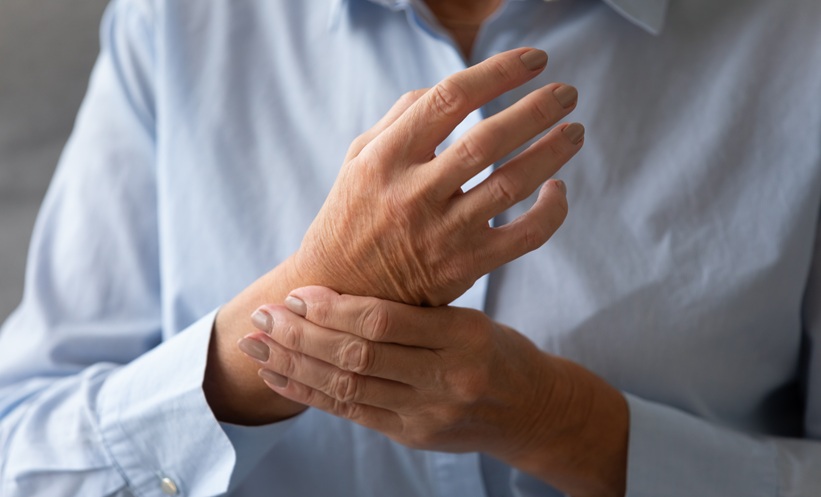A NEW study has identified key clinical features associated with in-hospital mortality among patients with dermatomyositis (DM), a rare autoimmune disorder affecting skin and muscle. The research highlights that active rash, interstitial lung disease (ILD), and elevated neutrophil-to-lymphocyte ratio (NLR) at admission are strong predictors of in-hospital death, regardless of disease subtype or autoantibody status.
Key Clinical Markers Linked to Higher Death Risk from Dermatomyositis
The cohort study, carried out at a tertiary referral centre, analysed 153 adults with pre-existing DM who were hospitalized for any reason between January 2013 and May 2024. Data were evaluated through August 2025. All patients had DM confirmed by a dermatologist or rheumatologist. The researchers examined a range of admission features, including presence of active rash or muscle disease, ILD, autoantibody profiles, and baseline treatments, to determine which factors were linked to inpatient mortality.
Of the 153 patients (mean age 56.5 years; 73.9% female), 16 (10.5%) died during hospitalisation. Patients who died were far more likely to have active skin disease (81.3% vs 34.3%), ILD (87.5% vs 41.6%), and a higher mean NLR (12.5 vs 4.9) compared with survivors. Myositis, or muscle inflammation, did not differ significantly between groups.
Multivariable logistic regression confirmed these associations: active rash was linked to a 12-fold higher risk of in-hospital death (odds ratio [OR], 12.13; 95% CI, 3.18–46.28), ILD increased risk more than 6-fold (OR, 6.43; 95% CI, 1.78–23.13), and each unit rise in NLR was associated with a 29% increase in mortality risk (OR, 1.29 per 1-unit increase; P < .001). Other factors, such as baseline intravenous immunoglobulin (IVIG) therapy, did not remain significant after statistical correction for multiple comparisons.
Researchers Call for Vigilance in High-Risk Dermatomyositis Cases
The authors emphasise that recognising active rash, ILD, and elevated NLR at admission could help clinicians identify high-risk patients earlier and tailor inpatient care accordingly. These findings underscore the need for prompt assessment and multidisciplinary management in hospitalised DM patients, potentially improving survival outcomes.
Reference:
Srikumar A et al. Active Rash, Interstitial Lung Disease, and Neutrophil to Lymphocyte Ratio and Mortality in Dermatomyositis. JAMA Dermatol. 2025;161(19):e4161.








